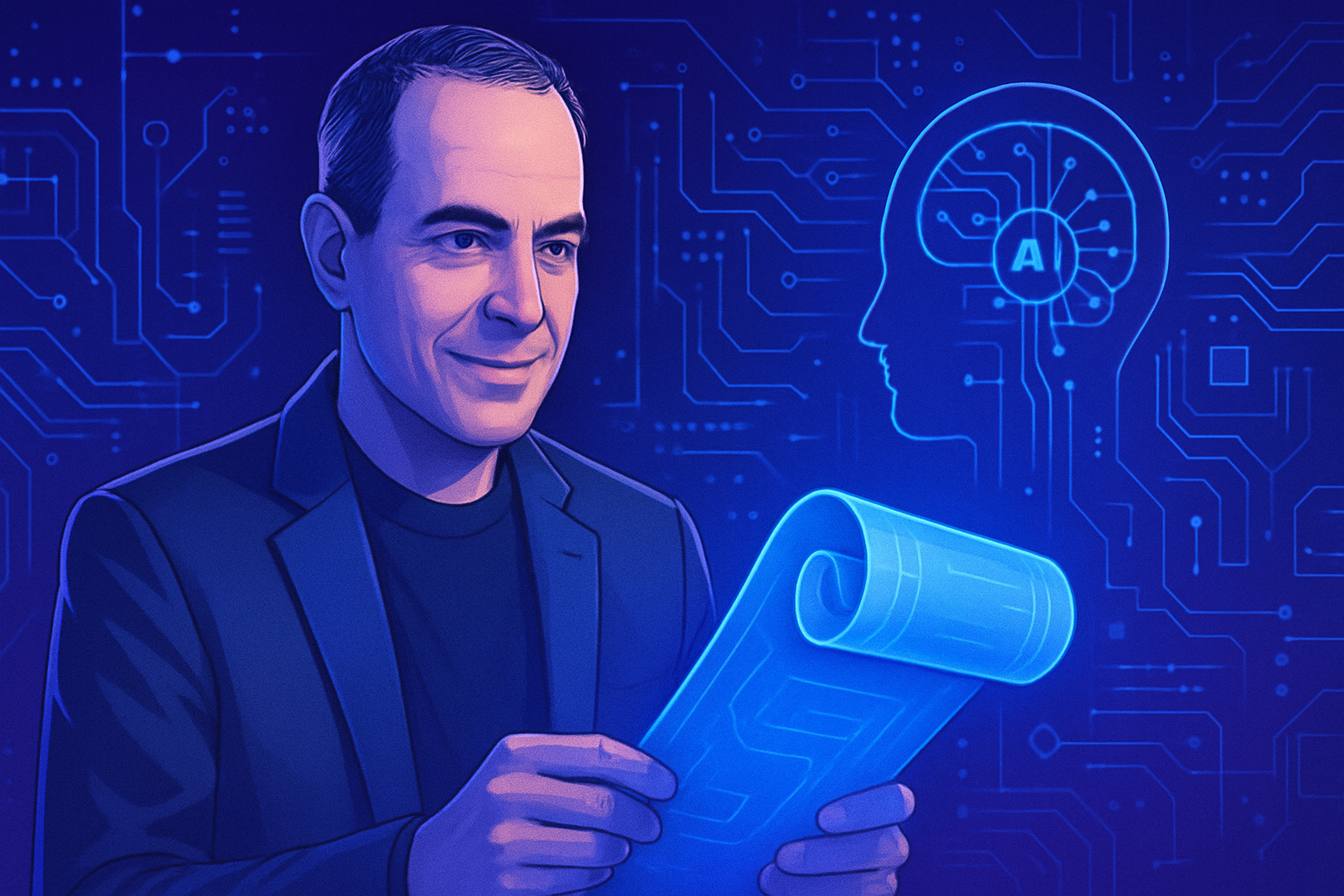MCP revolutionizes the integration of AI into your processes. This communication protocol simplifies task automation by intelligently connecting different business tools. Transcribe artificial intelligence and optimize your workflows with a clever architecture. Establishing a direct link with your data becomes child’s play, requiring only basic programming knowledge. Through a series of easy steps, you will master this essential tool and maximize your efficiency gains. The potential of AI is just waiting for you to express it.
MCP: A Revolutionary Protocol
The Model Context Protocol, often referred to by the acronym MCP, embodies an unprecedented advancement in the standardization of interaction between AI and data. Unveiled by Anthropic in late 2024, MCP emerges as a new tool in workflow automation. This universal communication protocol is often described as the USB-C standard of AI, showcasing significant transformative potential.
Architecture of MCP
MCP is based on a client-server structure, a fundamental principle of the web. This architecture consists of three key elements: the host, the MCP client, and the MCP server. The host, such as Claude Desktop, directly interacts with AI models, while the MCP client facilitates requests to various servers.
The communication format deployed revolves around JSON-RPC 2.0, allowing for smooth data transmission. The MCP server, the central element, can be located on-site or hosted in the cloud. It is capable of managing connections with relevant databases or business tools.
Features of MCP Servers
Each MCP server is characterized by a list of tools that allow the LLM, such as •Claude, to interact effectively with data. These tools facilitate the consultation and modification of data as well as the execution of various actions within connected applications. For example, a server dedicated to GitHub offers the ability to create issues, submit pull requests, or browse the source code of a project.
Developers have the ability to design MCP servers based on existing APIs, significantly simplifying integrations. Many servers focus on popular applications such as Gmail, Google Calendar, and Google Maps.
Installing MCP Servers on Claude Desktop
The most popular MCP client remains Claude Desktop. The first step requires identifying a suitable MCP server, the majority of which are open source and often available on GitHub. Local installation typically involves cloning the source code, followed by installing necessary dependencies.
After installation, it is crucial to adjust the configuration file “claude_desktop_config.json” located in “AppDataRoamingClaude”. This action allows the application to access the tools of the MCP server. Upon restarting Claude Desktop, the tools become visible in the chat interface, enabling Claude to use them as needed.
Variety of Available MCP Servers
The open-source community has quickly embraced MCP, leading to the creation of hundreds of servers for a multitude of applications and databases. An impressive variety of integrations is available to users, including services such as Salesforce, Stripe, and Spotify. Databases like MongoDB, PostgreSQL, and communication tools like Slack and Telegram testify to this.
The application domains encompass a wide range of activities, from project management to data analysis. Specialized use cases are emerging, such as image generation via Replicate or web searches via Kagi. Even competitors, notably OpenAI, are engaging in the adoption of the MCP protocol.
Professionals interested in automation will benefit from the latest advancements in AI. To delve into these issues, recent articles explore the dimensions of AI in various sectors, including the integration of certified agents as seen in the case of Cisco, or exciting innovations in the field of AI-powered video games, accessible here: AI-generated video games.
Frequently Asked Questions about MCP: Simple Steps to Automate AI in No Time
What is the Model Context Protocol (MCP) and how can it help automate AI?
The MCP is a communication protocol that standardizes the connection between AI models and business tools, thus facilitating real-time workflow automation.
How do I install an MCP server for Claude Desktop?
To install an MCP server, simply clone the source code from an open source repository, install the necessary dependencies, and configure the “claude_desktop_config.json” file to establish a connection with Claude Desktop.
Is coding required to use MCP?
No, coding skills are not required to use MCP. Open source MCP servers are available with simple installation instructions.
What types of MCP servers are available for different applications?
There are MCP servers for a variety of applications, including Gmail, Google Calendar, GitHub, Salesforce, and many others, allowing users to access advanced features by easily integrating their business tools with AI.
What is the role of the host in the MCP protocol?
The host is the main application that communicates with the AI model and uses the MCP client to send and receive requests to the MCP server, thereby facilitating access to external data and applications.
Are the actions taken by AI secure when using MCP?
Yes, for security reasons, each action must be validated by the user beforehand, ensuring control over the operations performed by the AI model.
What tools can I use with an MCP server?
Each MCP server offers a list of specific tools that allow you to consult, write data, or perform actions in connected applications, thus expanding the functionalities of the AI model.
How does MCP improve workflow efficiency?
MCP enables smooth communication between AI and business tools, thereby reducing the time required to complete repetitive tasks, enhancing the overall efficiency of workflows.
Why is MCP considered a revolution in the field of AI?
MCP standardizes how AI models interact with various business tools, creating an interconnected ecosystem that maximizes the potential use of AI across different professional contexts.





